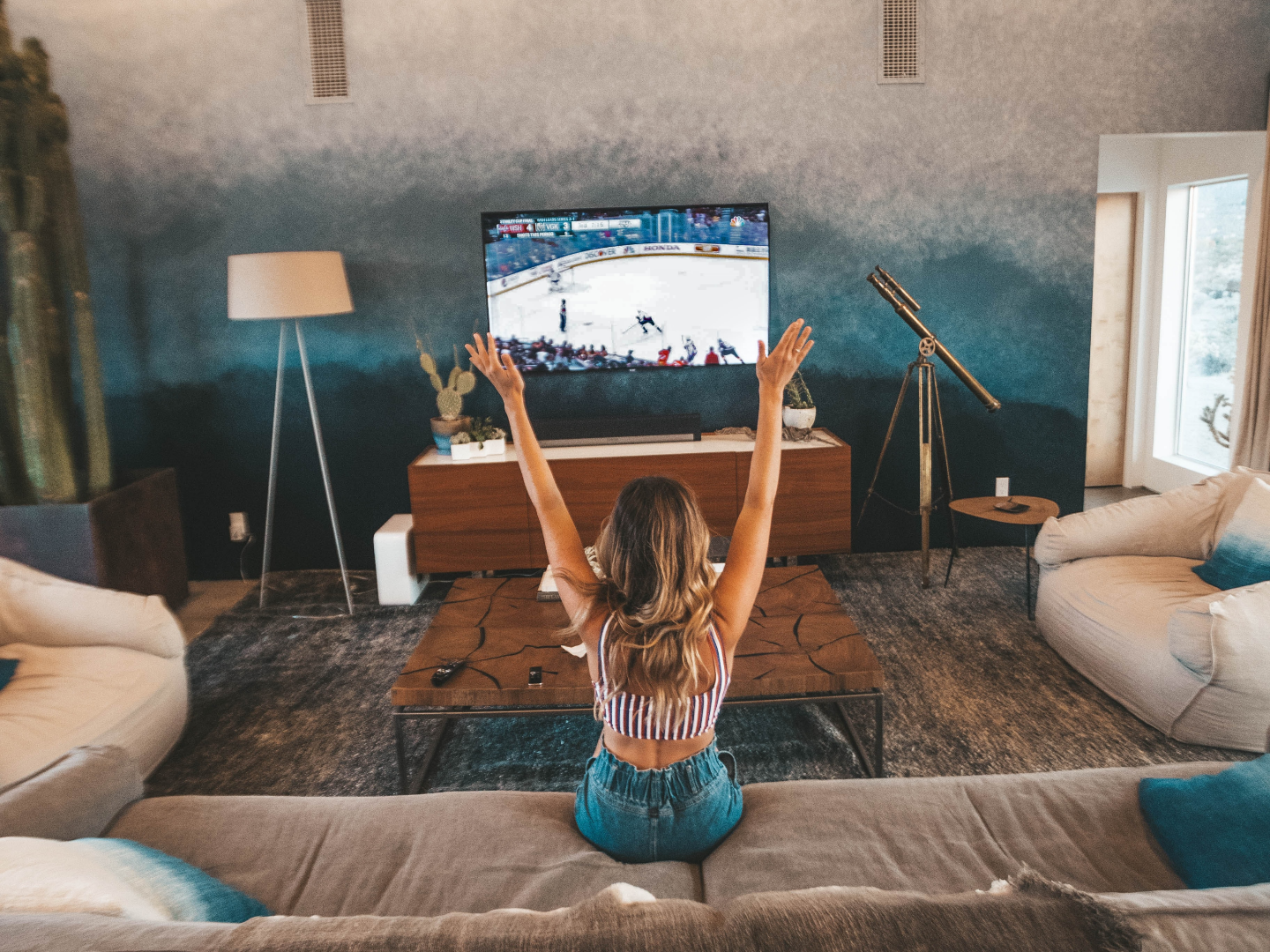
Do your client’s TV ads have the energy they need to stay competitive in today’s market? According to a report by Kellogg Insight, “The energy of commercials has increased over time.” And this trend is working in participants’ favor. The higher the energy a TV commercial has, the longer it will hold the attention of viewers. So, if your client’s commercials are on the slower, relaxing side, it may be time for a different approach.
Higher Energy TV Commercials = More Viewer Attention
The History of Energetic TV Ads
The trend of high-energy TV commercials isn’t a new one. Since the early 2000s, advertisers have tried to draw more attention to their commercials using tactics such as increasing the volume of their ads, says Kellogg Insight. In fact, the volume of commercials started getting so loud that a volume limit had to be put in place. To make up for the volume ceiling, advertisers started channeling that energy into… well… energy. On screen this time, with visuals.
So far, the effectiveness of those ads hasn’t diminished. Kellogg Insight quotes Yingkang Xie, an assistant professor at the University of Notre Dame who studies these types of commercials. “We thought that at some point, viewers might get annoyed if ads were too energetic. It surprised us that it didn’t seem to be the case overall.” Translation: This trend isn't going anyway any time soon!
What Makes an Energetic TV Commercial?
An energetic TV commercial begins with its audio. Kellogg Insight points out that the energy levels of a commercial’s audio correlates highly with its visual energy levels. To be high energy, the audio needs to rate highly in features such as “danceability, acousticness and tempo.”
Next come the visuals. Correlating the visuals to the music can help sync the flow of the TV commercial and make the whole message feel more exciting. Pack the commercial with action and people/things on the move and you’ve got one energetic ad.
Audience Impact
Kellogg Insight says that, according to extensive research, science supports that the more energetic a TV commercial is, the longer viewers will pay attention to it. But your client needs to be sure that the meat of their message is placed within the first 75% of the ad. After that, viewers tend to tune out, no matter how energetic the ad might be.
On top of energy levels, the key to getting viewers to watch TV commercials for a longer period of time is to nail the ad placement. Here’s research Kellogg Insight spotlights on effective ad placement:
- High-energy ads are generally aired on weekend afternoons and after 11 p.m. on weekdays
- “Energetic commercials for food and beverage products were likely to be viewed for longer when placed in entertainment and news programs”
- “Ads for trucks, sports utility vehicles, entertainment, and retailers tended to be fast, loud, and noisy”
- “Ads aired during sports programs had the highest energy on average,” but ads for food and beverage and beauty products don’t do well when aired during sporting programs, no matter their energy level
Targeting Your Client’s Target Audience
So, now you know the basics and benefits of high-energy TV commercials, but where should your client place them to best reach their target audience? AudienceSCAN on AdMall by SalesFuel has the answers. Look up your client’s target audience’s profile to discover how they get their TV programming, which types of TV shows are their favorites to watch, which types of sports they like to watch on TV, how much TV they watch during a typical day, and more. With that information, you’ll have a good idea of where the best placement for your client’s new energetic TV commercials is.
Photo by Roberto Nickson
